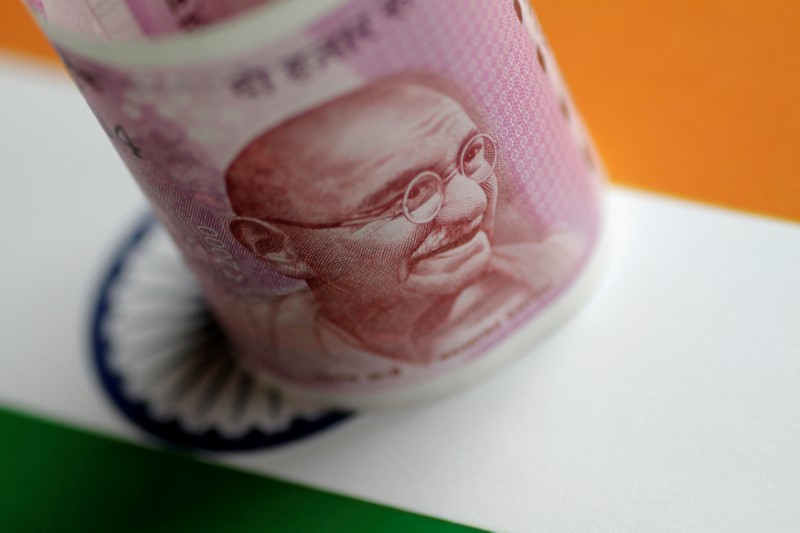Investing.com– Most Asian currencies weakened slightly on Wednesday as the dollar recovered from two-month lows, while the Indian rupee tested record lows after the results of the 2024 general elections showed the ruling BJP party did not sweep as expected.
Broader risk sentiment somewhat improved as weak U.S. data fueled bets that the Federal Reserve will eventually begin cutting interest rates. But traders were wary of piling into risk-driven assets in anticipation of more cues on U.S. rates this week.
The and rose 0.1% each after sinking to two-month lows earlier. Weak data saw traders further their bets that the Federal Reserve will begin trimming rates in September.
But focus this week was squarely on data for definitive cues on the labor market.
Indian rupee volatile, USDINR spikes on election shock
The Indian rupee’s pair, which represents the number of rupees needed to buy one dollar, shot up to a record high of 85 on Wednesday, before sharply curbing its gains amid some perceived intervention by the Reserve Bank of India.
Volatility in the rupee, and broader Indian markets, came after the results of the 2024 general elections showed the ruling BJP party did not sweep as expected. Instead, the party lost a substantial number of seats to the opposing Indian National Congress.
While Prime Minister Narendra Modi is still set for a third term, on the back of the NDA alliance, a weaker majority for the BJP presents difficulties for Modi in enacting more economic reforms.
Japanese yen weakens, but wage data heralds strength
The Japanese yen’s pair rose 0.4% on Wednesday after sinking to an over three-week low in overnight trade.
But the currency was primed for more near-term strength, especially after positive wage growth data for April.
grew 2.1%, as did of employees, with both indicators reflecting the increased wages won by major Japanese labor unions earlier this year.
Strength in wages ties into a more hawkish outlook for the Bank of Japan. The BOJ is expected to scale back some of its asset buying policies at a , which bodes well for the yen.
Broader Asian currencies clocked small moves. The Australian dollar’s pair rose 0.2% even as data showed the economy grew less than expected in the first quarter.
But Reserve Bank of Australia Governor Michele Bullock warned that interest rates could still rise if inflation remained sticky.
The Chinese yuan’s pair rose 0.1%, even as private purchasing managers index data showed the country’s grew more than expected.
The South Korean won’s pair fell 0.2%, while the Singapore dollar’s pair tread water.

